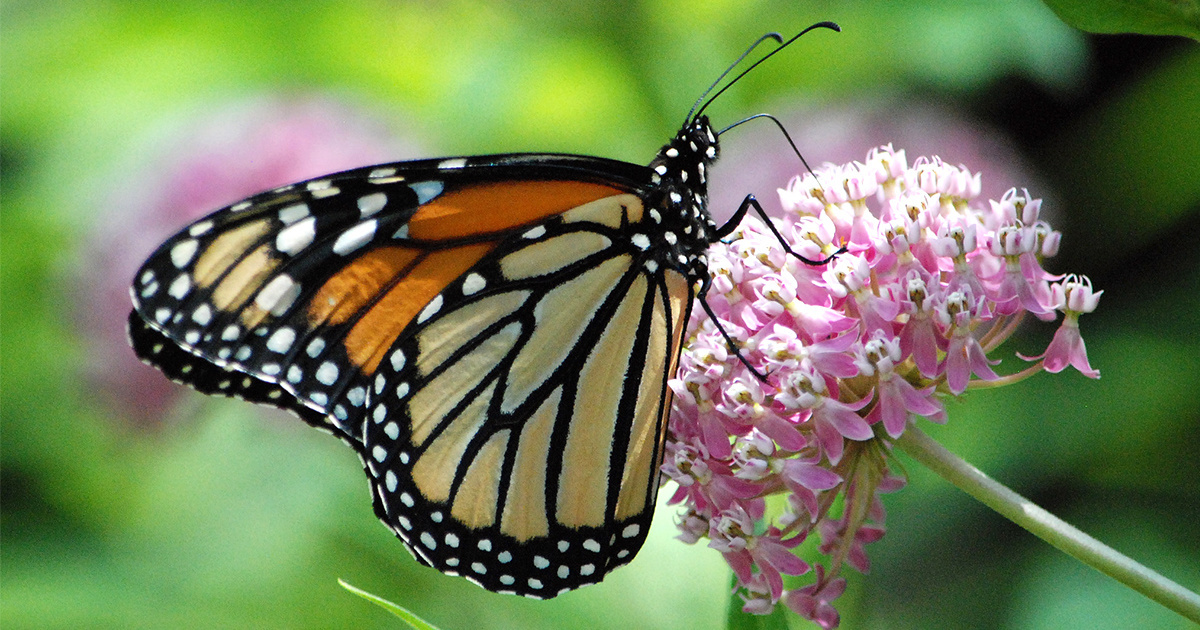

The population of
monarch butterflies that spend winter along the California coast dropped 86 percent since 2017, according to a recent count by the Xerces Society, an invertebrate conservation group.
Preliminary results from the
Western Monarch Thanksgiving Count, an annual citizen science program, recorded less than 30,000 butterflies overwintering in California, a significant decline from the estimated 192,000 in 2017. The official numbers will be released later this month.
Emma Pelton, a Xerces Society
endangered species conservation biologist, wrote in a blog post that the initial results are “disturbingly low” and perhaps “catastrophic.”
“While overwintering populations naturally fluctuate, even by double digit percentages, the magnitude of this year’s drop is of significant concern because the monarch population was already at a new low after the 97 percent decline it has experienced since the 1980s (
Schultz et al. 2017), leading to a situation which may be catastrophic for the western population,” Pelton wrote.
The 30,000 butterflies counted is the average quasi-extinction population size—or “the number of adult butterflies needed to ensure persistence of the western monarch population,” Pelton explained.
It is not yet clear why their numbers were so low in 2018, although prolonged
drought, a late rainy season, as well as smoke and poor air quality caused by the region’s devastating wildfires could be to blame, Pelton suggested.
The latest count adds to more bad news for the iconic species, whose numbers have precipitously declined.
“In my lifetime, the monarch population in California has gone from millions of butterflies to hundreds of thousands and now, possibly, mere tens of thousands,” Pelton wrote, noting that one
study estimated 4.5 million monarchs overwintering in California in the 1980s.
“Next year will be a real test in how resilient the western monarch population is, after its California overwintering population has been reduced to less than 0.5 percent of its historical size,” she added.
Scientists warn that the black-and-orange butterflies—known for their annual, 3,000-mile migration from the U.S. and Canada to Mexico—is at risk of extinction.
Overall, the monarch population has dropped by more than 80 percent over the past two decades. Their disappearance has been linked to climate change, habitat loss, pesticides and reduced milkweed, a native wildflower and main food source for monarch caterpillars and the only plant on which adult monarchs lay their eggs.
Despite the grim report, there are ways you can help the survival of the beloved species, which are also crucial
pollinators for many different kinds of wildflowers.
“While western monarchs are facing unprecedented challenges right now, there is still hope that we can recover the population if we work quickly, strategically and together,” Pelton said.
Learn more about how you can help.
5 Ways to Make a Difference in the Life of a #Monarch @HFSciencePub @jnp_mn @BetteAStevens https://t.co/ZDP5MNdneR
— EcoWatch (@EcoWatch) November 27, 2018

 233k
233k  41k
41k  Subscribe
Subscribe 